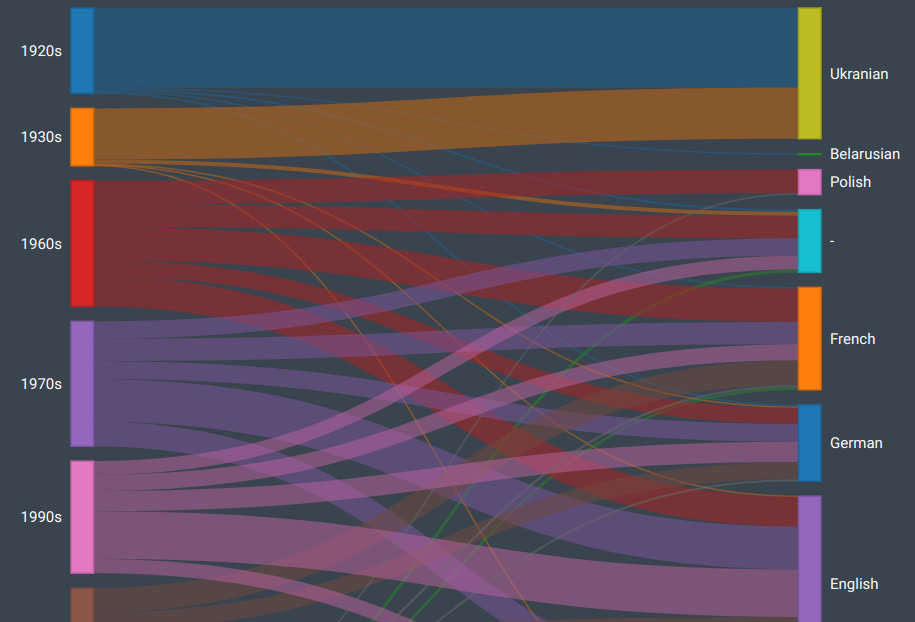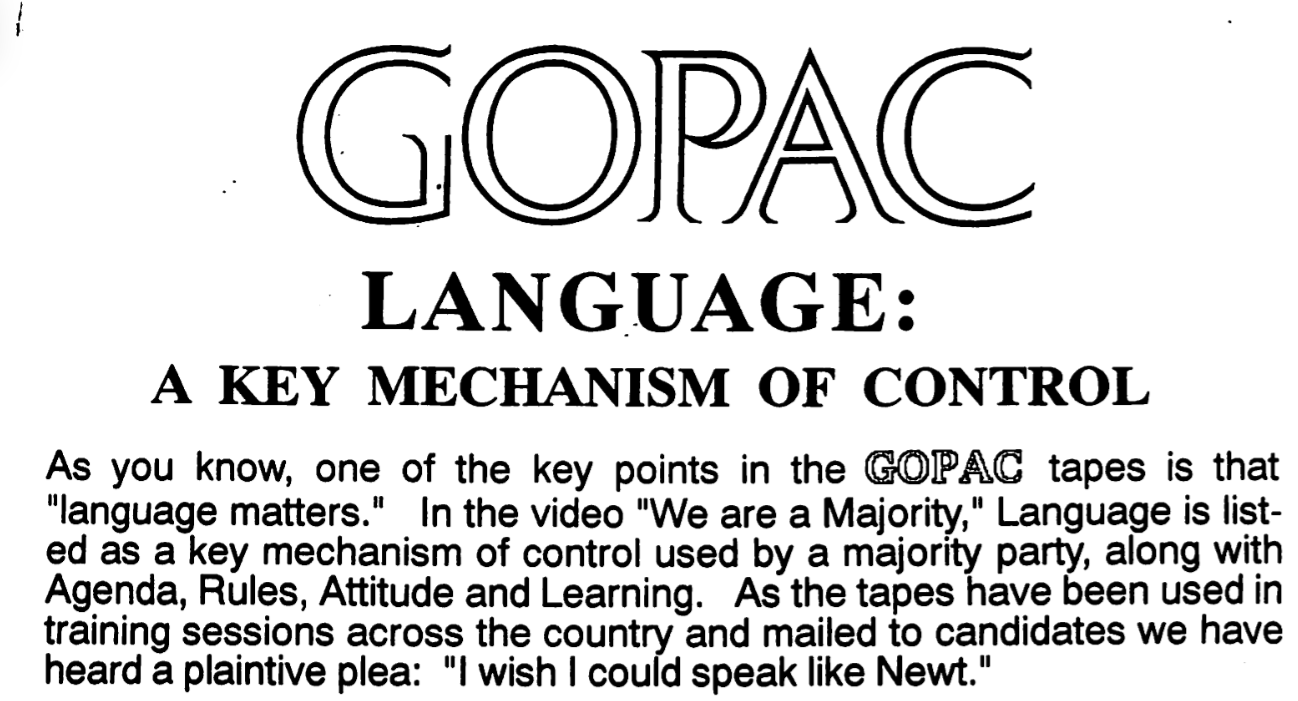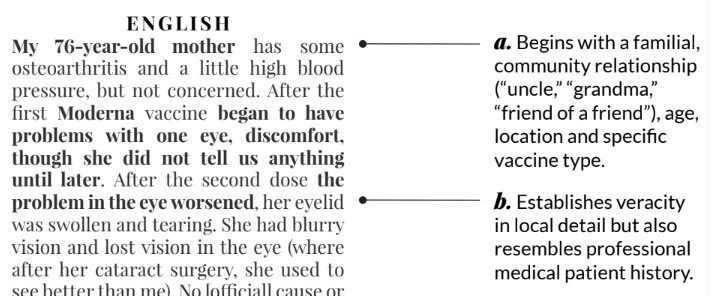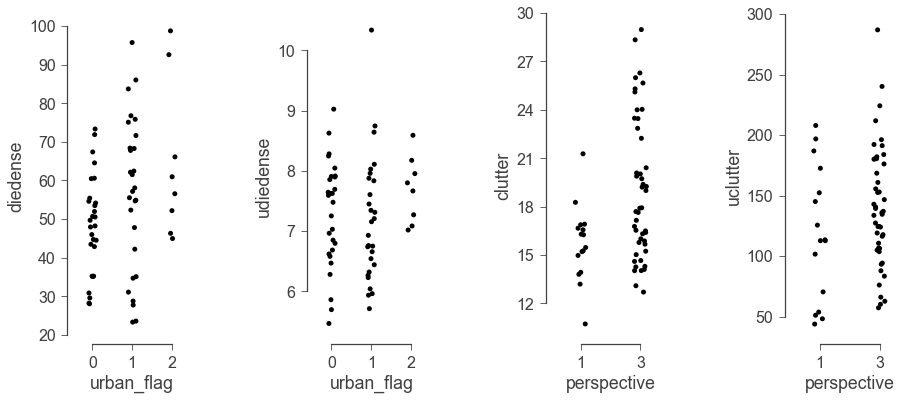State-of-the-art methods for detecting literary characters often rely on features such
as named entities (i.e. Heathcliff), gender attributes, and evidence of direct speech or
sentience.
The house in
Bleak House (1952–1853) by Charles Dickens, the wheat and the
Railroad Commission in
The Octopus (1901) by Frank Norris, and the airport in Arthur Hailey’s
Airport (1968) are not characters by these measures. Yet we intuit them to act vitally and to
exert an almost hypnotic influence on the action of the novel: “a strange beast that pertains
to no one in particular and who is nobody’s responsibility.”
[read more]





